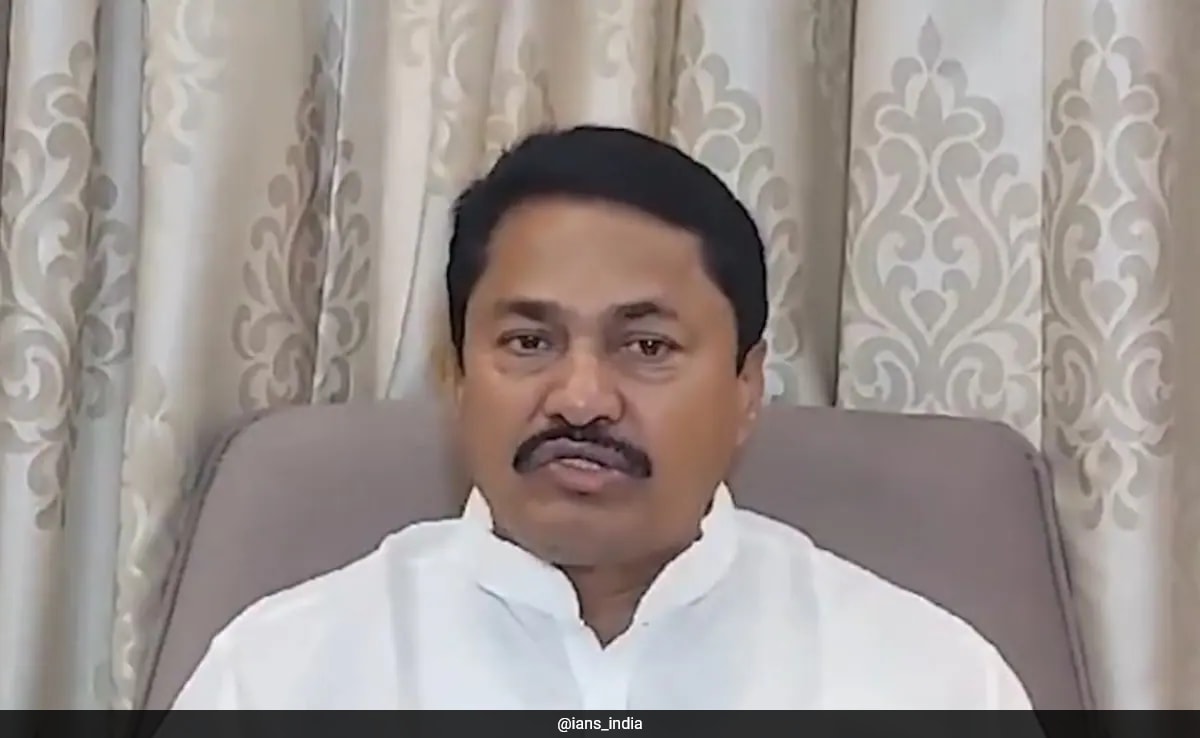

Pali is the language of Buddha’s sermons.
New Delhi:
In a major decision, the Union Cabinet on Thursday approved giving the status of ‘classical language”‘to five more languages – Marathi, Bengali, Pali, Prakrit and Assamese. With this cabinet decision, the number of languages that have the status will nearly double from six to 11.
The languages that had the tag earlier were Tamil, Sanskrit, Telugu, Kannada, Malayalam and Odia. Tamil was granted the status in 2004 and the last language to get it was Odia, in 2014.
Demands for giving the status to some of these languages have been pending for a long time. This includes Marathi and then Maharashtra Chief Minister Prithviraj Chavan had set up a committee of language experts for this purpose in 2014. The panel had said that Marathi met all the criteria to be recognised as a classical language and this report was sent to the Centre.
Towards the end of last month, Congress General Secretary Jairam Ramesh had alleged that Prime Minister Narendra Modi was “ignoring” the demand for granting classical language status to Marathi.
“In the PM’s tenure, zero languages have been accorded classical language status. For ten years, he has done nothing on the well-argued case submitted by then Chief Minister of Maharashtra, Prithviraj Chavan, on 11th July, 2014, to declare Marathi as a classical Indian language,” Mr Ramesh had said.
The demand has now been fulfilled just ahead of the Maharashtra Assembly elections.
Welcoming the decision to accord the classical language status to Bengali, West Bengal Chief Minister Mamata Banerjee posted on X: “Most happy to share that Bengali/ Bangla has been finally accorded the status of a classical language by Government of India. We had been trying to snatch this recognition from Ministry of Culture, GOI and we had submitted three volumes of research findings in favour of our contention. Union government has accepted our well-researched claim today evening and we finally reach the cultural apex in the body of languages in India (sic).”
To be recognised as a classical language, the following criteria have to be met:
- High antiquity of the language’s early texts/recorded history over a period of 1,500-2,000 years.
- A body of ancient literature/texts, which is considered a heritage by generations of speakers.
- Knowledge texts, especially prose texts in addition to poetry, epigraphical and Inscriptional evidence.
- The classical languages and literature could be distinct from their current form or could be discontinuous with later forms of their offshoots.
Of the five new classical languages, while Assamese, Bengali and Marathi are widely spoken, Pali is spoken in some areas in India as well as Laos, Myanmar, Sri Lanka, Thailand and Vietnam. It is the language of Buddha’s sermons and is also taught in some universities, including those in Allahabad and Patna.
Benefits
Government sources said the Ministry of Education has taken various steps to promote classical languages. These include establishing three Central Universities for promoting Sanskrit as well as the Central Institute of Classical Tamil to facilitate the translation of ancient Tamil texts, promotion of research, and offering courses for university students and Tamil language scholars.
The Centres for Excellence for studies in classical Kannada, Telugu, Malayalam, and Odia were also established under the Central Institute of Indian Languages in Mysuru.
The sources said several national and international awards have been instituted to recognise and encourage achievements in classical languages. They added that the new classical languages will also have national awards, Chairs in universities, and centres for promotion set up for them in due course.
This, they said, will also create significant employment opportunities, not only in research but also for the preservation, documentation, and digitisation of their ancient texts.








